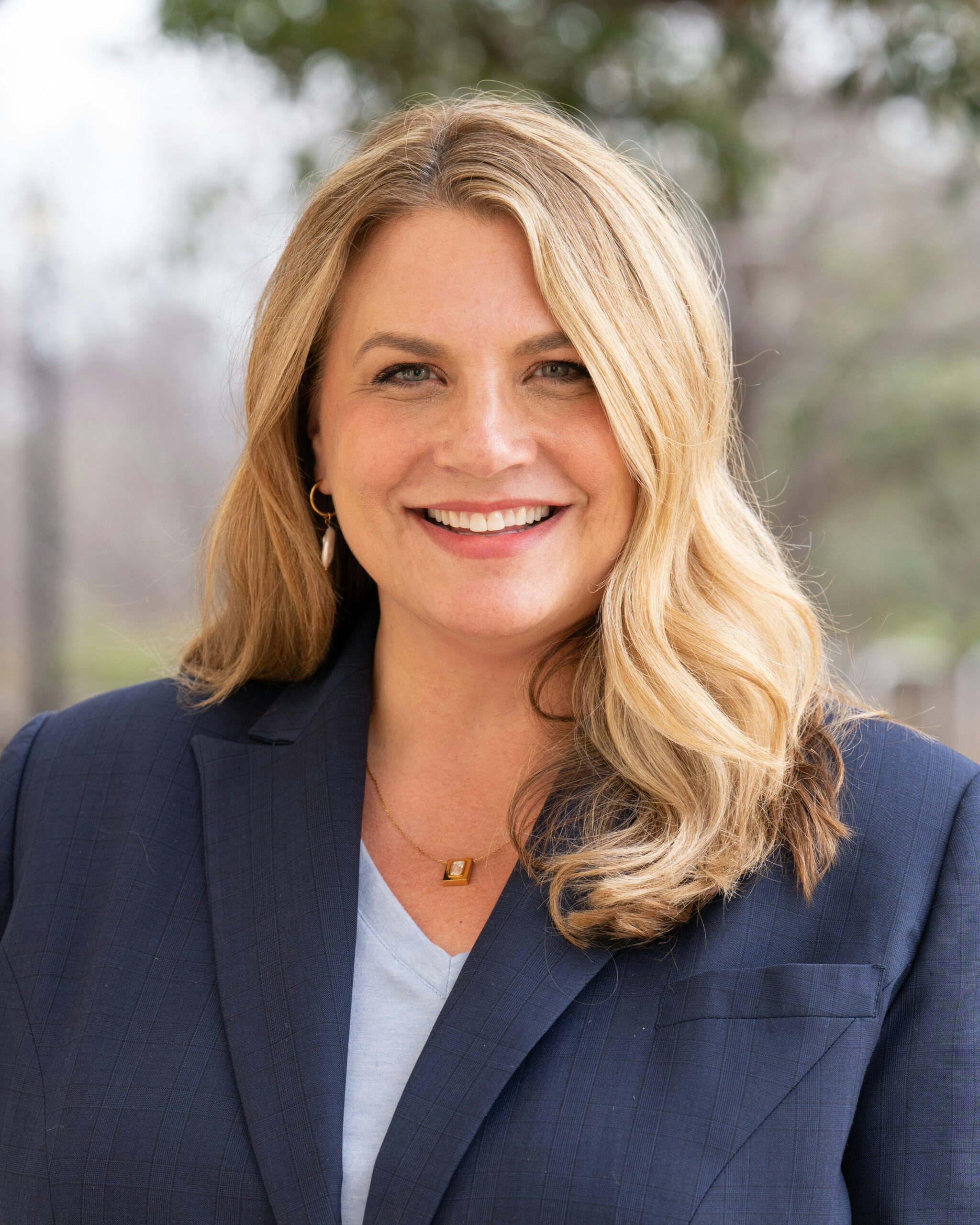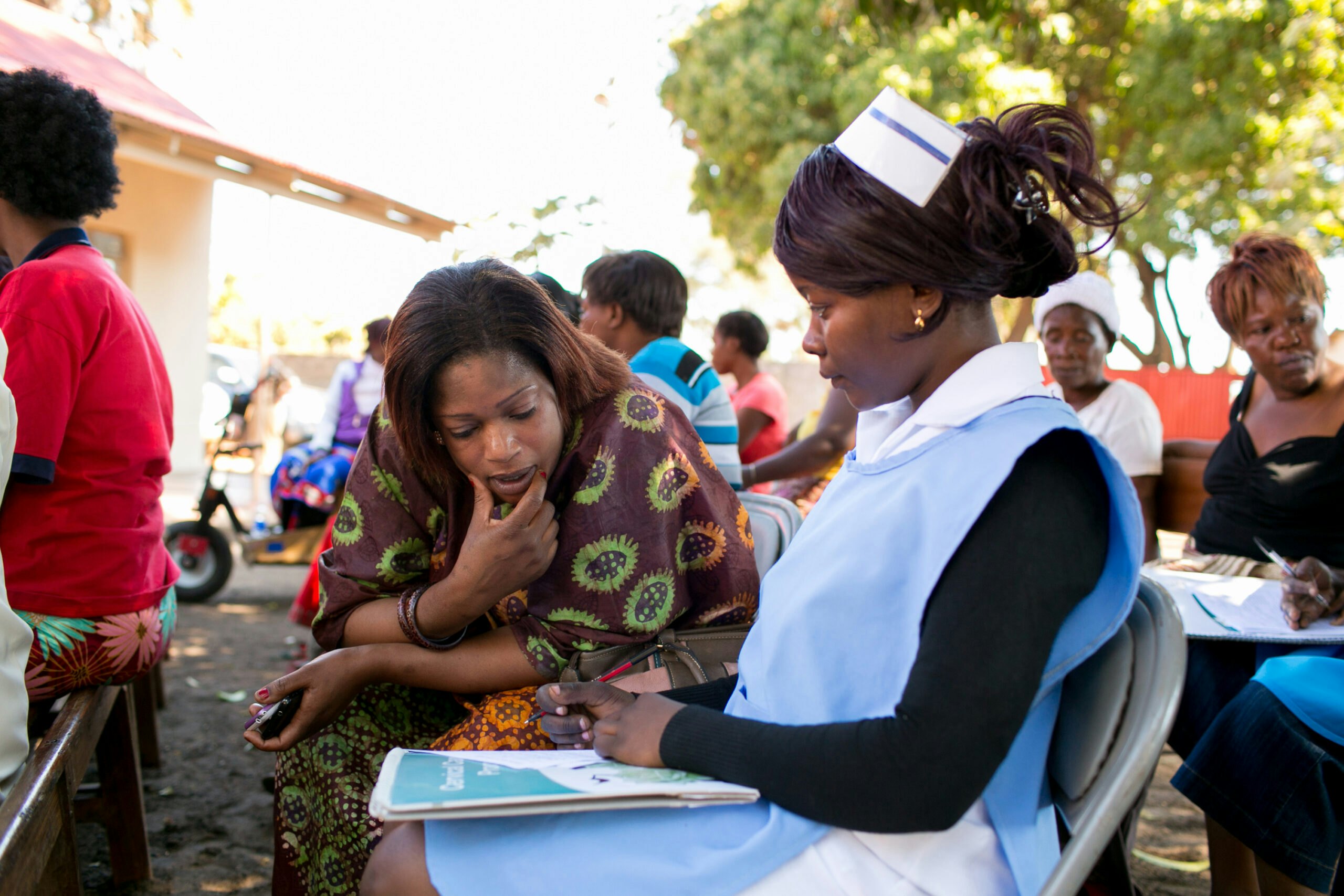Recommendations:
- Prioritize student academic success and engagement
- Organize people to support campuses
- Communicate clearly and often with principals, educators, and families
- Act, reflect, and adjust in regular swift cycles
Federal and state governments – as well as philanthropists and foundations – are being called upon to invest millions of dollars in our public-school system to help schools and districts navigate the impact of the pandemic on student success.
The challenges facing our education leaders are immense and complex. The learning loss for students is profound, and significant investment is warranted to aid and accelerate recovery. We cannot afford to waste our limited resources of money, time, and people in our efforts to support students during the COVID-19 era. One clear way to support student learning during this time is to remove the burden of the health and safety aspects of pandemic planning and response from the school building so that teachers and principals can focus on what they do best — educating our nation’s children.
Our research on the role of effective implementation in education shows that there are essential conditions that need to be in place for meaningful changes to practice or policy to occur. In other words, how you implement a new intervention to support students is as important as the what, or the intervention itself. Any recovery investments in our public-school systems should align with these conditions to maximize potential positive student impact.
Educators are dealing with unprecedented challenges and need clear guidance from leaders at the state, district, and partner level to prioritize action. Fall of 2020 benchmark data from the Dallas Independent School District and administrators of the ACT and SAT standardized tests reveal a bleak picture, particularly for many Black and Latino students (and other students of color), English-language learners, students with disabilities, and students living in poverty. America’s most vulnerable students are falling further behind because of interrupted school and uneven virtual instruction.
Prioritize student academic success and engagement
State and federal leaders should issue guidance that clearly prioritizes academic progress and student engagement as the most critical work of districts and schools. District leaders should then set clear goals in these areas.
We cannot ignore student safety: Leaders and partners at all levels should support educators on the front lines handling student safety concerns so that teachers and principals can focus on what they do best – educating our children.
Currently, much of the safety, operations, instruction, and student engagement burden rests largely and unfairly with school principals, who – often on their own or with minimal support – must create or manage strategies for virtual and in-person instructional plans, quarantine protocols, contact tracing, and staffing. Giving school administrators these additional pandemic-related managerial tasks is not only inefficient, it keeps principals and teachers from staying laser focused on high-quality instruction – both virtual and in person – that keeps students engaged, learning, and on track.
State leaders can help principals and teachers by issuing specific and concrete recommendations on COVID-19-related operational issues that districts are not equipped to handle alone. School districts need guidance specific to themselves that cover factors including social distancing protocols, masks, attendance, instructional minutes, staffing, quarantine protocols, and building surface and air cleaning protocols.
Providing clear, ongoing guidance would free campus leaders and teams to focus on adapting and innovating instruction to meet today’s needs. This is not the time to roll out new initiatives in a district or state. This is the time to focus on providing strong instruction to all students – and to engage all students in school – regardless of whether school is delivered in person or virtually.
Organize people to support campuses
A primary challenge for schools is gaps in staffing, given the impact of quarantines, teacher exemptions, and a lack of substitute teachers. Superintendents should think creatively about ways to use the professional staff in each district and relieve the burdens on principals: Central-office staff could be charged with creating corps of emergency
substitute teachers. They could organize contact-tracking teams and family-engagement teams to find students and ensure they have access to technology, transportation, or other support needed to stay in school.
State leaders can help: They should provide guidance about creative ways to redirect administrative staff members at the district and campus level to support principals in delivering strong instruction and engaging all students.
State agencies can also serve as hubs for information regarding district- or campus-based innovations and strategies that emerge during the school year. State agencies should seek expertise both inside and beyond their organizations, valuing practical expertise and research whenever possible, and sharing new, promising ideas with their state’s district leaders. State chiefs and superintendents should clearly identify who oversees the recovery efforts and who is assigned to be part of the team supporting that effort. Accountability and decision-making should be clear and well understood.
Communicate clearly and often with principals, educators, and families
State agency leaders and district leaders should prioritize clear and regular communications, released through a single common source, to alleviate confusion and rumors. It should be obvious who principals, teachers, and parents or caregivers should contact for questions at the state and district levels. They must be transparent about the fact that changes and adjustments are to be expected as we navigate the school year.
Instructional and student engagement strategies should be informed by achievement data and by the perspectives of stakeholders most proximate to students – parents, principals, and teachers. District leaders should track and communicate information like: Where are students academically? What number of students is being served virtually or in person? How many students have access to a device and connectivity? How many instructional minutes are students receiving, and how does that compare to other districts or states? What is the enrollment, and how does it differ from 2019-2020? What is the attendance rate for students and teachers? What do principals and teachers say they need? What are parents asking for?
We have learned in our work with districts that communicating effectively within such complex organizations is difficult. One effective – but simple – technique to improve this is for districts to use a single channel to release and house official updates. One example is to use a one-page reference on who to contact with questions that is kept updated and housed in the same, easy-to-find spot.
Act, reflect, and adjust in regular swift cycles
State and district leaders should provide guidance on how to measure success for student achievement and engagement goals. District and campus teams should then act, reflect, and adjust their instructional, student engagement, staffing, and safety strategies in regular cycles throughout the year.
When the goals and measurement are clear, teams can then implement and test solutions quickly to understand what works in a changing environment. Regular cycles of reflection will help teams adjust to highest-impact solutions and minimize the negative effect of unintended consequences. Innovative and impactful solutions will be continued and refined.
Public education is unlikely to ever again look like it did in February 2020, before the pandemic struck. But this moment is an opportunity for state chiefs, superintendents, and central office leaders to show brave and innovative leadership with a laser focus on a vision for student success.
The only way our students will learn in the coming months is if we provide principals and educators with the time and resources to do their jobs like professionals. In the short term, leaders must focus on student learning recovery and student engagement. In the long term, leaders must understand and adapt the most effective of those strategies for longer-term use in post-pandemic schools. Using the four conditions outlined here to thoughtfully manage investments and interventions during a fast-moving and complex challenge will give students and families our best effort.

































